While NDA and Mahagathbandhan continue tense seat-sharing negotiations, the Election Commission unveils a massive logistical operation to ensure free and fair polling across Bihar.
Patna | October 11, 2025
As Bihar’s political season heats up, the corridors of Patna are abuzz with meetings, calculations, and whispers of alliances old and new. With just weeks before the Election Commission of India (ECI) announces the final schedule for the Bihar Assembly Elections 2025, both the ruling National Democratic Alliance (NDA) and the Opposition Mahagathbandhan (MGB) are deep in closed-door discussions to finalise seat-sharing arrangements — a process as complex as the state’s social fabric itself.
At the same time, the ECI has swung into full operational mode, declaring the deployment of 8.5 lakh personnel — from polling officers and security forces to observers and technical staff — across the state’s 243 constituencies to ensure smooth, transparent, and peaceful polling.
A State on the Verge of a Fierce Contest
The upcoming Bihar elections are shaping up to be one of the most closely contested in recent memory. With both alliances claiming confidence and strong grassroots machinery, the final seat-sharing arithmetic could determine which way the wind blows in 2025.
The NDA, comprising the BJP, JD(U), HAM(S), and VIP, is seeking to consolidate its governance plank — led by Chief Minister Nitish Kumar, who aims to retain control amid shifting loyalties and emerging regional power players.
The Mahagathbandhan, led by RJD’s Tejashwi Yadav and the Congress, is betting on youth, job creation, and anti-incumbency sentiments to galvanize support. Smaller allies like the CPI(ML), CPI, and CPI(M) have been pressing for fair representation in the final list.
“Seat-sharing is not just arithmetic — it’s emotion, ego, and electoral memory,” said political analyst Shaibal Gupta. “Every constituency has a caste story, a loyalty story, and a betrayal story. The alliances are playing chess, not checkers.”
The Numbers Game: Balancing Demographics and Demands
Seat-sharing talks have reached a critical juncture, with both camps aware that the perception of unity is as important as the actual math.
Within the NDA, the BJP and JD(U) are reportedly eyeing 110–115 seats each, while smaller allies are expected to be allocated 5–10 seats each based on regional strength.
In the Mahagathbandhan, sources say the RJD may contest 130–135 seats, leaving around 60–70 for Congress and the Left parties combined.
While public statements remain diplomatic, insiders confirm intense back-channel negotiations.
“We are aligning interests and expectations,” said a JD(U) spokesperson. “The goal is a stable mandate, not seat hoarding.”
The Commission’s Mammoth Exercise
Even as parties haggle over constituencies, the Election Commission is preparing for one of India’s most extensive democratic exercises.
According to senior ECI officials, 8.5 lakh staff will be deployed in three phases — covering polling, security, counting, and logistics. Each booth will be equipped with upgraded VVPAT-enabled EVMs, CCTV monitoring, and real-time communication nodes linked to district control rooms.
Special attention is being given to flood-prone districts like Darbhanga, Sitamarhi, and Gopalganj, as well as Maoist-affected belts in Jamui and Gaya.
“Our goal is to make this election inclusive, secure, and swift,” said Chief Electoral Officer (CEO) H.R. Pandey. “Every voter, regardless of location, should be able to cast their ballot safely and confidently.”
Additionally, the ECI is deploying gender-sensitive polling teams and mobile facilitation booths for elderly and differently-abled voters. Digital voter awareness campaigns under SVEEP 3.0 are being rolled out in collaboration with local schools and media outlets.
Ground Realities: The Issues That Matter
As rhetoric intensifies, Bihar’s voters are focusing on the basics — jobs, education, healthcare, and infrastructure.
In rural Bihar, farmers are voicing concerns over irrigation and fertilizer costs, while youth across Patna, Muzaffarpur, and Gaya cite unemployment and migration as key pain points.
“We don’t care which alliance wins,” said Rohit Kumar, a 25-year-old graduate in Nalanda. “We just want jobs in Bihar so we don’t have to leave home.”
Healthcare, particularly post-pandemic capacity, remains a central issue. Many districts still lack trauma centres and full-time medical specialists, leading voters to demand concrete commitments in party manifestos.
Infrastructure has seen progress under successive governments, but road safety, flood control, and digital connectivity continue to be uneven.
Caste and Coalition: The Ever-Present Equation
No Bihar election is complete without the interplay of caste arithmetic. The traditional OBC-Yadav-Muslim axis still anchors the Mahagathbandhan’s core, while the NDA banks on the EBC-upper caste coalition and development voters.
Observers note a subtle shift this year — younger voters showing declining caste loyalty, seeking practical governance over identity politics.
“This is a transitional election,” said sociologist Dr. Manisha Priyam. “Old equations are loosening, but new ones haven’t fully formed. The alliance that best balances emotion with aspiration will win.”
Digital Battlefront: From WhatsApp to WhatsApp University
With campaign finance restrictions and stricter monitoring of rallies, parties have pivoted heavily toward digital campaigning.
The BJP continues to dominate social media ecosystems with structured “war rooms” in each district, while the RJD and Congress are ramping up their influencer and volunteer-driven outreach.
“The fight is now both on the ground and in the cloud,” remarked Abhinav Kumar, a digital strategist from Patna. “WhatsApp groups, reels, memes — they shape voter mood before manifestos even arrive.”
The Election Commission has directed all parties to submit social media expenditure disclosures, and tech companies have been asked to flag misinformation and political ads under the Model Code of Conduct (MCC).
Election Machinery in Motion
The ECI has also announced deployment of over 80,000 security personnel, including Central Armed Police Forces (CAPFs) and state armed battalions. Drone surveillance and GPS tracking of EVMs are being introduced for the first time in several districts.
Training workshops for presiding officers and polling agents have begun, with mock drills scheduled by the third week of October.
“Bihar has one of the most logistically challenging electoral geographies,” said a senior ECI planner. “Our strategy is granular — from polling booth to block level.”
Inside the NDA Camp
Chief Minister Nitish Kumar is expected to lead the NDA’s narrative on governance continuity, social welfare, and infrastructure. The BJP, under state president Samrat Choudhary, is pushing for a stronger share of urban seats.
The NDA’s messaging will likely focus on:
- Development schemes (roads, power, housing)
- Women’s empowerment programs
- Law and order stability
- Central government welfare integration
However, analysts note friction between JD(U) and BJP over candidate selection in swing constituencies like Begusarai, Patliputra, and Darbhanga.
“It’s a marriage of convenience — not affection,” quipped a political observer. “But both sides know separation costs votes.”
Inside the Mahagathbandhan Camp
Tejashwi Yadav has re-energized the Mahagathbandhan with a clear youth-centric message — “Rozgar Aur Samman” (Employment and Dignity).
Congress leaders, however, are pressing for greater visibility and ticket share, while Left parties are leveraging ground mobilization through unions and farmer fronts.
“We are not just contesting an election; we are contesting an ideology,” said CPI(ML) leader Dipankar Bhattacharya, hinting at the coalition’s ideological balancing act.
The Mahagathbandhan’s campaign narrative is expected to emphasize:
- Job creation
- Agricultural reform
- Education and skill development
- Health infrastructure revival
Micro-alliances and Independents
Smaller regional outfits such as RLSP, VIP, and AIMIM are exploring micro-alliances to consolidate minority and Dalit votes in border constituencies like Kishanganj, Araria, and Seemanchal.
Independent candidates, often backed by local business groups or caste lobbies, could play a spoiler role in tight contests.
“Two percent can swing the tide here,” said political data analyst Ravi Singh. “In Bihar, 2% is everything.”
Manifesto Watch: Promises on the Horizon
Both major alliances are expected to release their manifestos within two weeks of the election notification.
Anticipated focal points include:
- Job guarantees and state-level employment missions
- Agricultural insurance and crop price support
- Irrigation modernization and flood mitigation
- Health infrastructure upgrades in district hospitals
- Women’s safety and microfinance access
Election Integrity and Innovation
The Election Commission plans to use AI-powered data dashboards to detect suspicious voting patterns and ensure MCC compliance.
A new mobile app for citizen complaints—allowing voters to report violations or cash-for-votes attempts in real time—will debut this election season.
“Transparency is our strongest defense,” said CEO Pandey. “Technology will empower voters, not just administrators.”
Public Sentiment: From Tea Stalls to TikTok
In Patna’s Kankarbagh tea stalls and Saharsa’s bus stands, political chatter runs thick.
“We will vote for whoever gives jobs,” said Anita Devi, a factory worker. “We are tired of promises.”
Social media polls echo similar fatigue — voters are increasingly pragmatic, focusing on local performance over national posturing.
This sentiment is especially strong among first-time voters, who comprise nearly 12% of Bihar’s electorate this year.
Timeline and Next Steps
The ECI is expected to announce the election schedule by mid-October, with polling likely across five to six phases, concluding by late November.
Counting is tentatively expected in early December 2025.
Observers and civil society groups will be deployed to track voter turnout, inclusion, and security response.
Conclusion: Democracy in Motion
As the sun sets over Patna’s Gandhi Maidan, loudspeakers hum with campaign jingles, banners flap in the evening breeze, and volunteers crisscross villages with pamphlets and promises.
This is Bihar — where democracy is both festival and fight.
Every alley holds an opinion, every voter a verdict.
The ECI’s preparations ensure the stage is set; now the alliances must script their story.
In a few short weeks, ballots will replace speculation, and Bihar will once again remind the nation why its politics remains India’s most fascinating theatre.
“In Bihar, elections aren’t won by numbers alone,” said veteran journalist Ajay Kumar. “They’re won by trust, touch, and timing.”
#BiharElections #ECI #SeatSharing #NDA #Mahagathbandhan #Democracy #IndiaPolitics #Election2025 #BiharAssembly #SarhindTimes




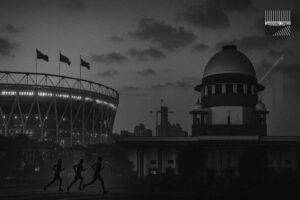



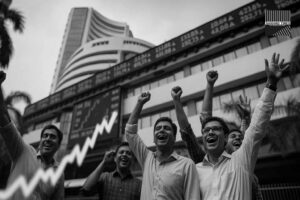


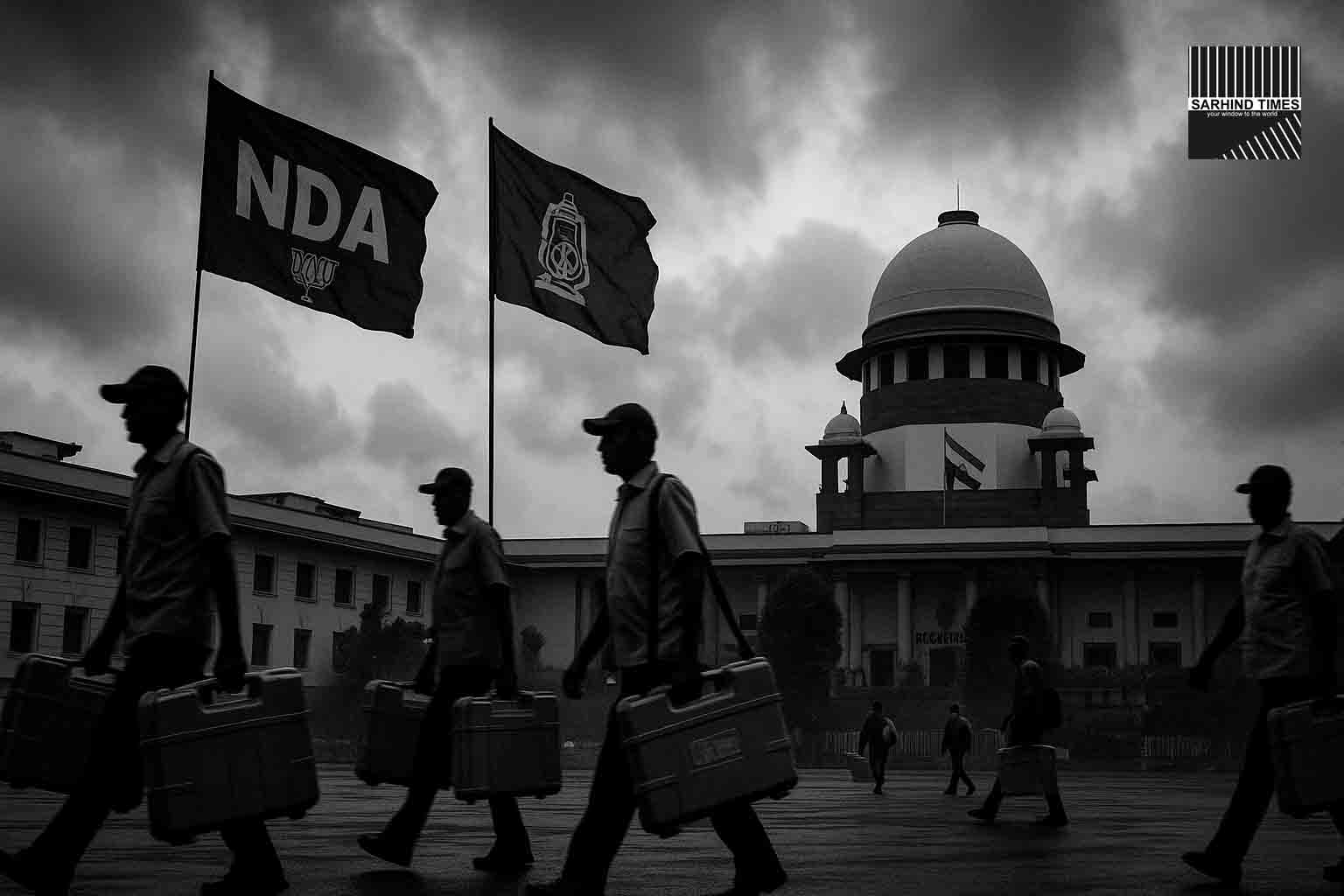
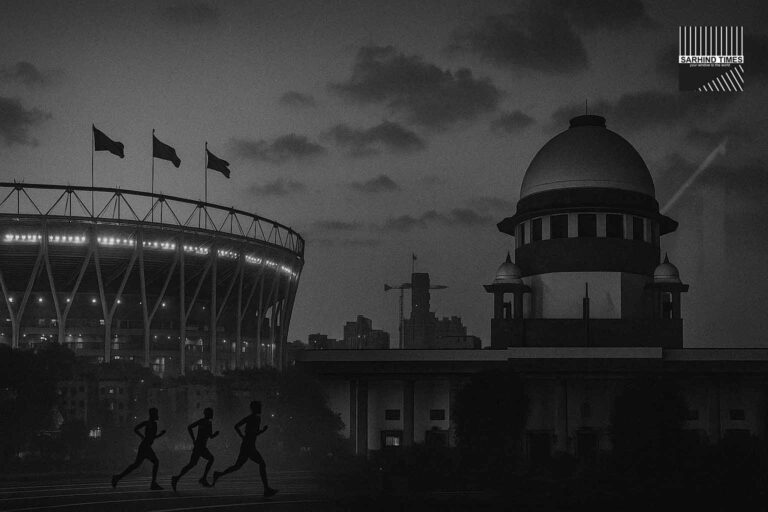
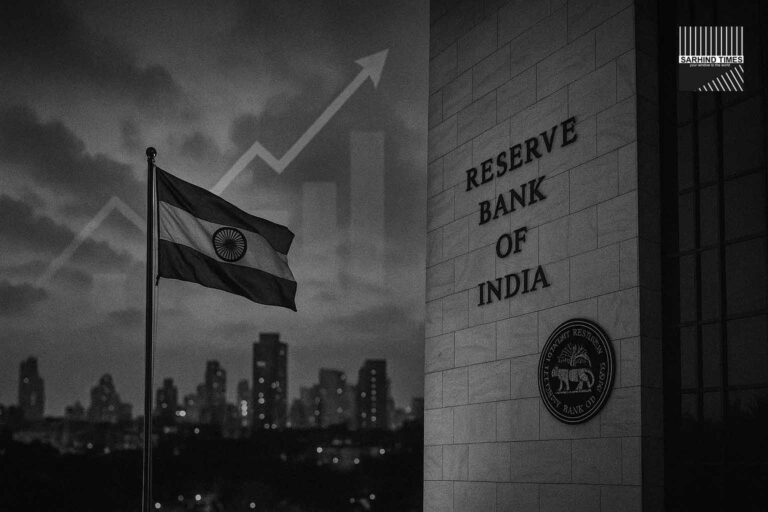
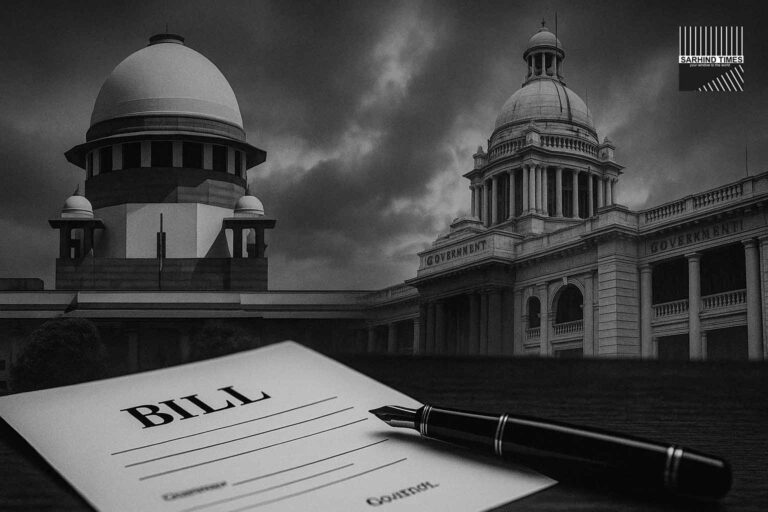


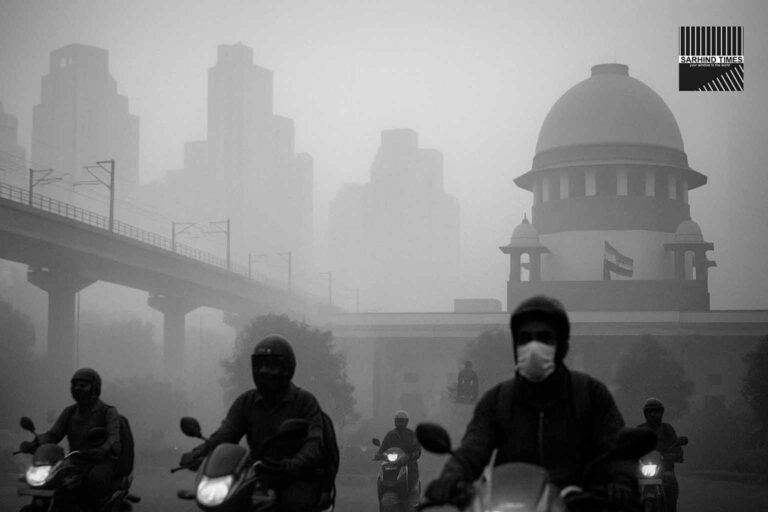

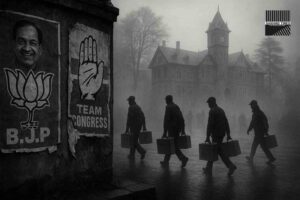

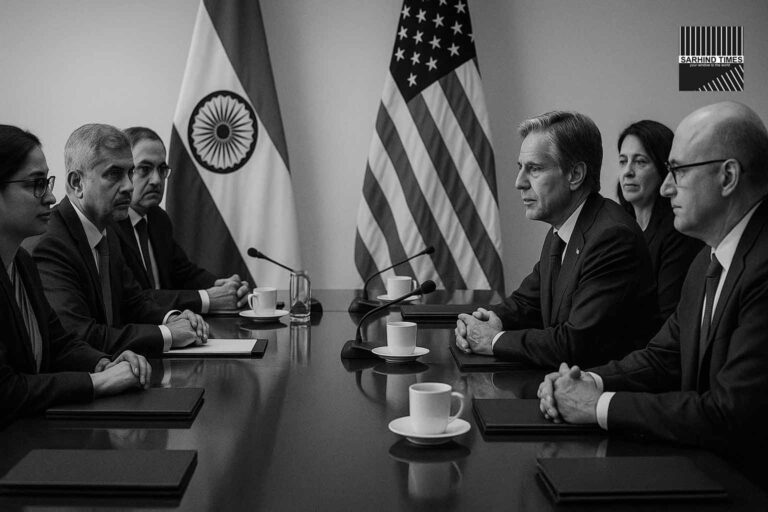
+ There are no comments
Add yours